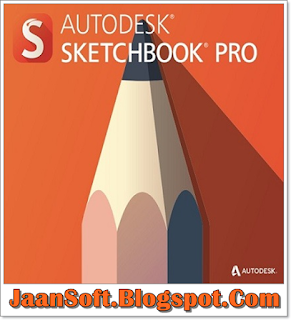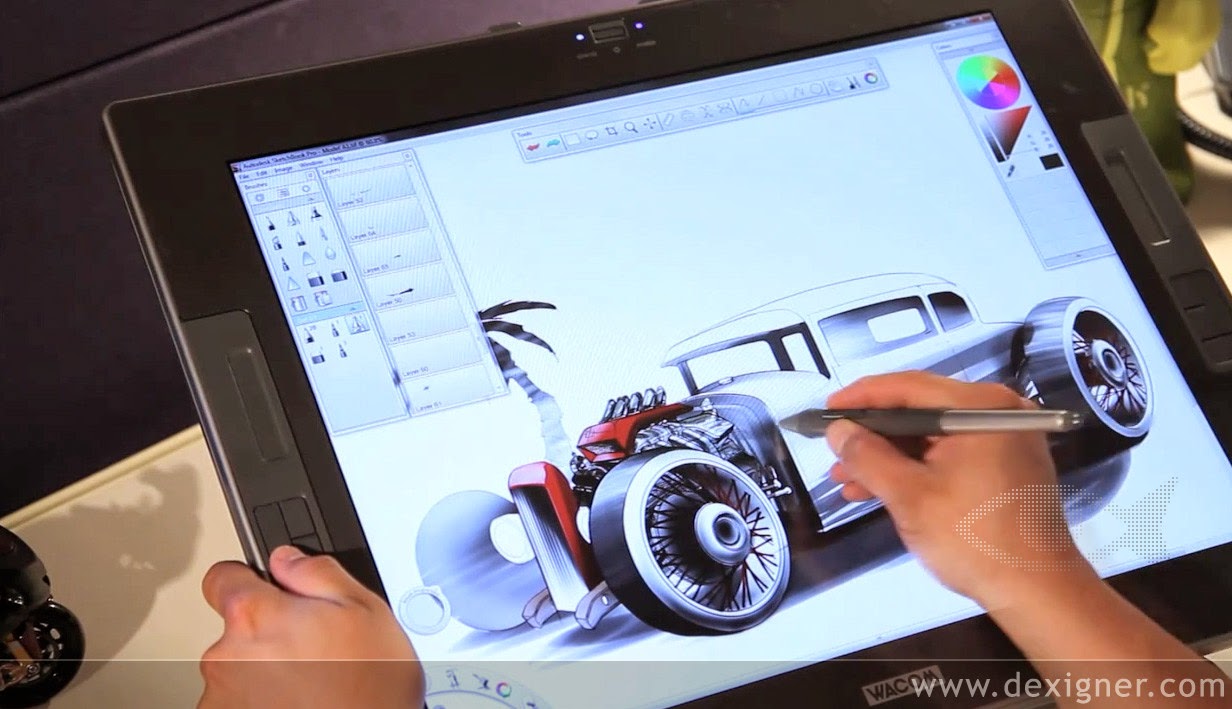

Do adding by tapping on the plus, but at the same time, you can choose which layer to add (empty, a copy of an existing layer, photo or picture from the camera). Change transparency by dragging the slider along the horizontal line. You can create multiple layers, paint them separately, overlap each other as you need, changing their order, opacity and style. Autodesk SketchBook has a great feature – working with layers. The tools are good and you can draw with them, but that is not all. By tapping on the matrix on the left side of the screen, you can visit the selection menu, where you will find three pages of different brushes. There are settings for minimum and maximum hitting radius, transparency and line spacing. Color can be set to either RGB or HSB, which is important for digital painting. Each brush requires manual property settings, so any of them can have its own unique look. Most importantly, they are very convenient to work with. Indeed, the number and variety of them is amazing. One of the main strengths of Autodesk SketchBook is its brushes. You can call the toolbars not only with three fingers, but also by tapping the circle at the bottom of the screen if you use a stylus for drawing. Dock the panels or call them if necessary, add frequently used brushes, set the desired colors so as not to change them every time you need it. It is very convenient that the workspace in Autodesk SketchBook is convenient and you can easily customize it for yourself. You can also place up to eight brushes of a given color around the joystick. Horizontal – size, vertical – transparency.

When you tap with three fingers, you can call the joystick to change the properties of the brush. Paint mode contains on the left a frequently used brushes panel and quick color picker on the right. Its large screen also attracts digital painting enthusiasts. Tablet capabilities are not limited to web browsing, movies, photos, and reading books. Layers with a full set of blending modes.


 0 kommentar(er)
0 kommentar(er)
